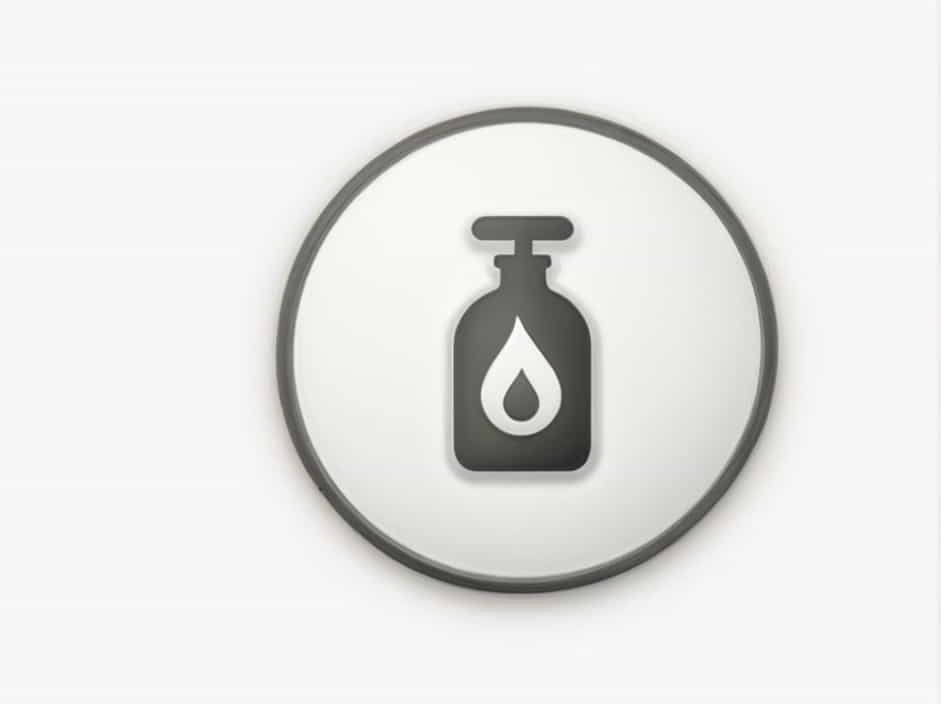Fuel atomization is a critical process in internal combustion engines, industrial burners, and fuel injection systems. It ensures that fuel burns efficiently, producing maximum energy with minimal waste.
But what does it mean to atomize fuel? Simply put, atomization is the process of breaking liquid fuel into tiny droplets, making it easier to mix with air and burn effectively. This process improves engine performance, fuel economy, and emissions control.
In this topic, we will explore how fuel atomization works, why it is important, and the different methods used to achieve efficient combustion.
What Is Fuel Atomization?
Definition
Fuel atomization is the conversion of liquid fuel into fine mist-like droplets before combustion. The smaller the droplets, the greater the surface area, allowing for better mixing with air and more efficient burning.
Why Is Atomization Necessary?
- Liquid fuel does not burn in its natural state—it must first vaporize and mix with oxygen.
- Smaller fuel droplets ignite faster and burn more completely, reducing unburned fuel waste.
- Efficient atomization improves engine performance, fuel economy, and emissions.
How Does Fuel Atomization Work?
Key Factors in Fuel Atomization
Several factors influence how effectively fuel is atomized:
- Nozzle Design – Determines the size and shape of the fuel spray.
- Fuel Pressure – Higher pressure forces fuel through small openings, breaking it into droplets.
- Airflow – In some systems, compressed air aids atomization.
- Viscosity of Fuel – Thicker fuels require more force to atomize properly.
The Role of Air and Pressure
Atomization typically happens through fuel injectors or carburetors. These systems use high pressure or air assistance to break fuel into tiny droplets. The finer the spray, the more efficient the combustion process.
Methods of Fuel Atomization
1. Mechanical Atomization
- Uses high-pressure fuel injectors to force fuel through tiny nozzles.
- Common in diesel engines and gasoline direct injection (GDI) systems.
- Produces fine mist for efficient combustion.
2. Air-Assisted Atomization
- Compressed air is mixed with fuel before spraying.
- Used in low-pressure burners and industrial combustion systems.
- Improves fuel distribution and reduces emissions.
3. Ultrasonic Atomization
- Uses high-frequency sound waves to break fuel into fine droplets.
- Found in some advanced fuel injection systems.
- Provides highly efficient combustion but is less common in traditional engines.
4. Electrostatic Atomization
- Uses electric fields to charge fuel ptopics, causing them to disperse.
- Rare but can be found in specialized fuel injection technologies.
Applications of Fuel Atomization
1. Internal Combustion Engines
- Used in gasoline and diesel engines to ensure complete fuel combustion.
- Enhances engine efficiency and power output.
2. Gas Turbines and Jet Engines
- Atomized fuel ensures uniform combustion, preventing engine stalls.
- Provides high energy output for propulsion systems.
3. Industrial Burners and Boilers
- Atomization allows cleaner and more controlled combustion in power plants and industrial heating systems.
- Reduces pollutant emissions and fuel waste.
4. Home Heating Systems
- Oil-fired furnaces use atomization to improve heating efficiency.
- Ensures consistent heat generation with minimal soot production.
Benefits of Proper Fuel Atomization
1. Improved Combustion Efficiency
- Finer fuel droplets burn more completely, maximizing energy output.
- Reduces fuel consumption and operating costs.
2. Lower Emissions
- Efficient atomization reduces carbon monoxide (CO), nitrogen oxides (NOx), and particulate matter (PM).
- Helps meet environmental regulations for cleaner air.
3. Enhanced Engine Performance
- Increases power output, fuel economy, and throttle response.
- Reduces engine knocking and incomplete combustion.
4. Extended Engine and Equipment Life
- Less carbon buildup and deposits lead to longer-lasting engines and fuel systems.
- Reduces maintenance costs and downtime.
Common Problems in Fuel Atomization
1. Poor Spray Pattern
- Caused by dirty or clogged fuel injectors.
- Leads to uneven combustion, misfiring, and reduced efficiency.
2. Low Fuel Pressure
- Results in large, poorly atomized droplets.
- Causes incomplete combustion and higher emissions.
3. High Fuel Viscosity
- Cold weather or heavy fuel oils can reduce atomization quality.
- Requires pre-heating or fuel additives to improve performance.
How to Optimize Fuel Atomization?
1. Regular Maintenance of Fuel Injectors
- Clean or replace injectors periodically to ensure a consistent spray pattern.
- Prevents fuel wastage and performance loss.
2. Proper Fuel Pressure Regulation
- Maintain correct fuel pressure for optimal atomization.
- Use high-quality fuel pumps and regulators.
3. Use of Additives
- Certain fuel additives improve viscosity and spray characteristics.
- Helps in cold climates or with low-quality fuels.
4. Upgrading Fuel Injection Systems
- Modern high-pressure fuel injectors offer superior atomization.
- Electronic fuel injection (EFI) systems provide precise fuel delivery.
Fuel atomization is an essential process in engines, burners, and combustion systems. It ensures efficient fuel-air mixing, complete combustion, and reduced emissions.
By understanding how fuel atomization works, the different methods used, and ways to optimize it, industries and vehicle owners can achieve better performance, fuel savings, and environmental benefits.
Proper maintenance, correct fuel pressure, and advanced injection systems all contribute to superior atomization and improved combustion efficiency.
